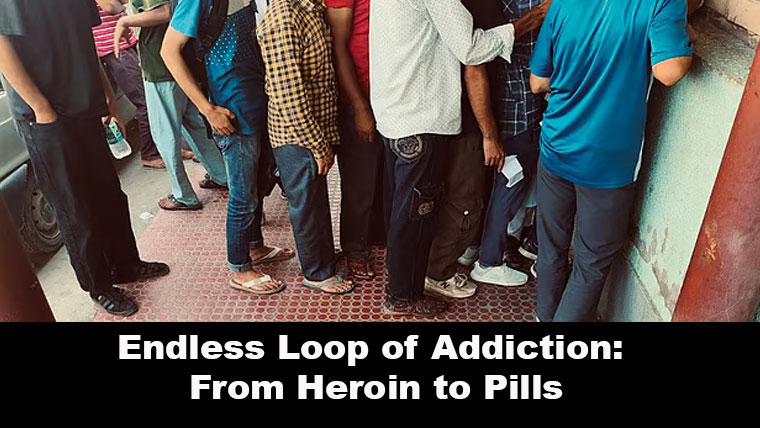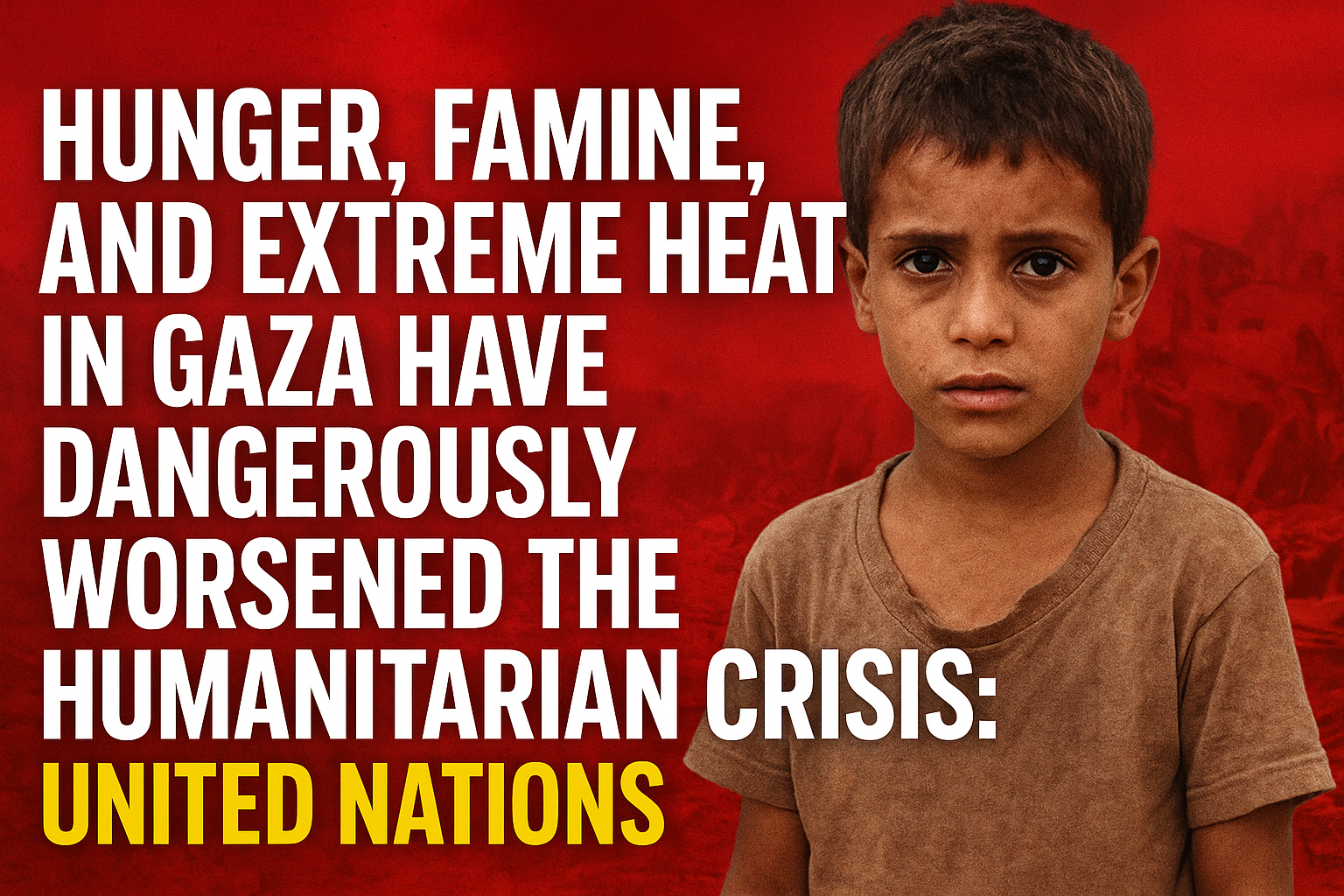SRINAGAR (TASSAWAR NEWS) For years, Kashmir’s battle with drugs carried a predictable narrative — heroin trafficked from across borders, cannabis sold in shadowy alleys, and youngsters lost in a haze of powdered substances. The picture was familiar: abandoned homes filled with smoke, and public parks littered with used needles.
But a more troubling reality is now unfolding — one that doesn’t hide in dark corners but exists openly inside hospitals and clinics. What was once considered a safe refuge for recovery is, for some, turning into another battlefield.
Medicines such as Buprenorphine and Vernor-N, prescribed at de-addiction centres like IMHANS in Srinagar, were introduced as lifelines. They were meant to reduce cravings, control withdrawal symptoms, and serve as alternatives to deadly drugs like heroin. Yet, for a worrying number of patients, these same medicines are being misused — crushed, injected, or consumed in unsafe amounts to create a similar “high.”
Unlike illegal drugs sold on the streets, these substances come stamped with a doctor’s prescription, neatly packed in boxes that symbolize trust and legitimacy. Families often breathe a sigh of relief when their loved ones enter treatment programs, unaware that another cycle of dependence may already be tightening its grip.
A week-long ground report by Kashmir Times at IMHANS and SMHS Hospital revealed a complicated picture. There were stories of genuine recovery and renewed hope, but also heartbreaking relapses and, in some cases, patients stuck in a dangerous limbo.
On one frosty morning, a long queue lined up outside a hospital pharmacy. Among them were teenagers in school uniforms, college students, and men in their thirties, all quietly waiting to collect their weekly dose. The silence was unsettling — a collective weight of battles fought within.
Inside the waiting area, the atmosphere was heavy with unspoken emotions. Some had come willingly, determined to rebuild their lives. Others were escorted by family members, held firmly by the arm, as if afraid they might run away.
As one observer put it: “This place feels suffocating. There’s grief hanging in the air, frustration bottled up inside, and a strange mix of healing and harm happening side by side. It’s not a simple picture — it’s recovery and relapse woven together.”
Kashmir’s drug story, once dominated by the menace of smuggling and street peddling, is now marked by a quieter yet equally destructive crisis — the misuse of medicines prescribed to heal. What lies ahead is uncertain, but one thing is clear: the battle is no longer only in the alleys. It has entered the very institutions meant to cure.



